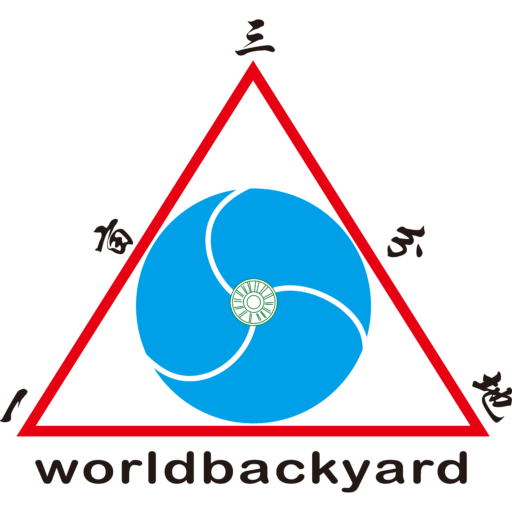In the world of outdoor adventure, a reliable outdoor knife is like an explorer’s third hand, which can play an irreplaceable role whether it’s building a shelter, handling prey or self-defence in an emergency. With the popularity of outdoor sports, there is a wide range of outdoor knives and brands on the market, how to choose an outdoor knife that really suits you has become a problem for many outdoor enthusiasts
Types and Features of Outdoor Knives
Survival Knife
Survival knives are the most common type of outdoor knives and are usually rugged and durable, making them suitable for wilderness survival challenges. A good survival knife should have the following features:
1.Blade length of between 4-6 inches for fine work, yet strong enough to cut through harder objects
2.Full keel design for knife strength
3.Comfortable grip design for extended use
Folding Knives
Folding knives are favoured by many outdoor enthusiasts for their portability. When choosing a folding knife, you should pay attention to the following points:
1.Reliable locking mechanism to ensure safe use
2.Good blade material, such as VG-10 or high carbon steel
3.Moderate weight, easy to carry
Multi-tool knife
Multi-tool knives integrate multiple tools and are ideal for situations where you need to carry multiple tools. Consider when choosing:
Whether the variety of tools meets your needs
1.How smoothly it opens and closes
2.Material and durability
3.How to choose the right outdoor knife for you
4.Define your usage scenario
Before choosing an outdoor knife, first of all, you need to clarify your usage scenario. Is it for daily hiking or professional wilderness survival? Different activities require different types of knives.
Material Selection
The material of an outdoor knife directly affects its performance and longevity:
High-carbon steel: high hardness and good retention, but prone to rusting
Stainless steel: highly resistant to corrosion, but may not be as sharp as high carbon steel
Ceramic knives: very sharp and less prone to rusting, but more brittle
Ergonomic design
Comfort in the hand is essential for long term use. The shape, material and weight of the grip all need to be taken into account.
Outdoor Knife Tips and Care
Basic tips
Try to use the full length of the blade when cutting to minimise stress on the wrist.
Don’t use the knife to cut objects that are too hard to damage the blade.
Learn basic knife skills to improve work efficiency
Daily Maintenance
Clean the knife after use to prevent dirt and moisture erosion.
Oil the blade and hinge regularly.
Store your knife in a sheath or case to avoid damage to the blade.
Choosing a suitable outdoor knife can not only enhance your outdoor experience, but also protect your safety in critical moments. We hope that through the introduction of this article, you can have a better understanding of outdoor knives and find the one that suits you best.

